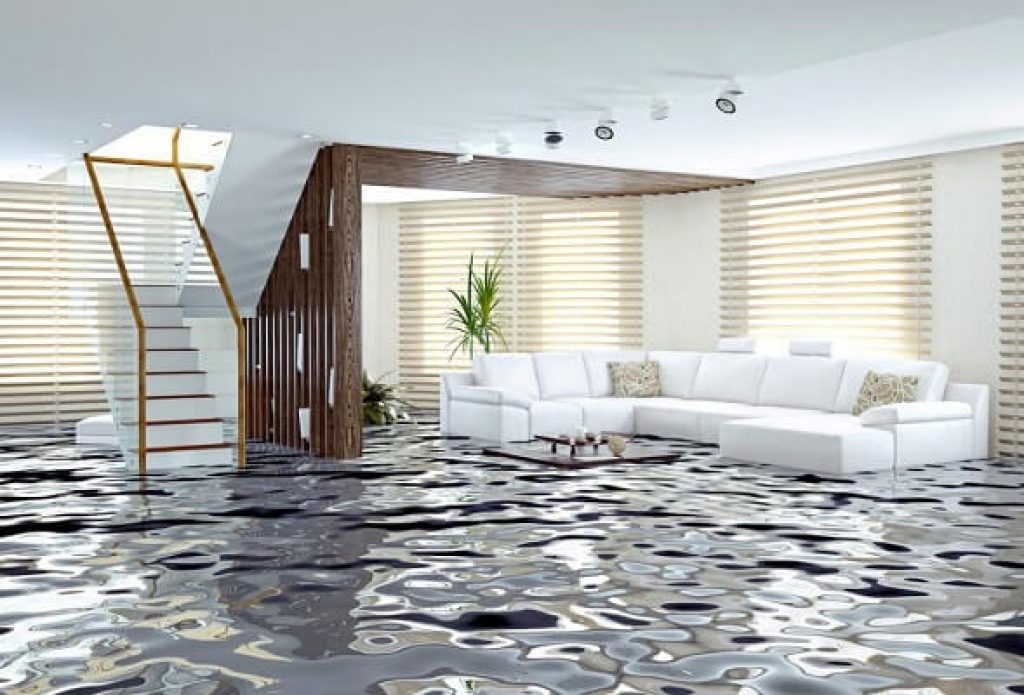Water leakage is a pervasive issue that plagues countless households and commercial properties across the globe. It poses a myriad of problems, ranging from the seemingly minor inconveniences to severe structural damage and significant financial burdens. This delves into the various issues associated with water leakage, shedding light on the causes, consequences, and prevention measures.

1. Structural Damage: One of the most apparent problems associated with water leakage is structural damage. If you are finding water leakage in your home, then you have to take action immediately. When water seeps into the building’s structure, it can weaken the foundation, rot wooden supports, and corrode metal components. This not only compromises the safety of the structure but also necessitates expensive repairs.
2. Mold and Mildew Growth: Persistent water leakage provides an ideal environment for the growth of mold and mildew. These fungi not only pose health hazards but can also cause extensive damage to walls, ceilings, and other surfaces. Mold and mildew removal can be a costly and time-consuming process.
3. Health Risks: Water leakage can lead to a variety of health issues. Mold spores, in particular, can exacerbate respiratory problems, trigger allergies, and cause other health concerns. In extreme cases, exposure to mold can lead to more severe illnesses.
4. Property Damage: Water leakage can cause extensive damage to personal belongings and furnishings within a property. Furniture, electronics, carpets, and other possessions are susceptible to water damage, leading to financial losses.
5. Increased Utility Bills: Undetected water leaks can lead to significantly higher water bills. A leaking faucet, toilet, or pipe can waste a substantial amount of water over time, which translates into increased costs for homeowners or businesses.
6. Water Shortages: Water leakage exacerbates the global water crisis by wasting a precious resource. The world is already grappling with water scarcity issues, and every drop lost to leakage represents a missed opportunity to conserve this vital resource.
7. Energy Waste: Beyond water wastage, water leakage can also lead to energy waste. Hot water leaks, for example, cause the water heater to work harder, resulting in increased energy consumption and higher utility bills.
8. Aesthetic Damage: Water stains and unsightly marks on walls and ceilings are common consequences of water leakage. These aesthetic issues can diminish the appeal of a property and may require costly cosmetic repairs.
9. Weakened Insulation: Water leakage can damage insulation materials in walls and roofs. This compromises a property’s energy efficiency, making it harder to maintain a comfortable indoor temperature. As a result, heating and cooling costs can soar.
10. Electrical Hazards: Water leakage in electrical systems can pose a significant hazard. It can lead to short circuits, electrical fires, and electrocution risks, putting the safety of occupants at risk.
11. Reduced Property Value: Chronic water leakage can significantly diminish the value of a property. Potential buyers and tenants are often wary of properties with a history of water damage, as it suggests a higher risk of ongoing issues.
12. Legal and Insurance Issues: Water leakage can lead to legal and insurance problems. If a property sustains damage due to water leakage, disputes may arise between landlords and tenants, or insurance claims might be denied if the issue was preventable.
Also Read: The Psychological Impact of Water Damage and How DRC Restoration Can Help
To mitigate these problems, proactive measures are essential. Preventative actions can help avoid the issues associated with water leakage:
1. Regular Maintenance: Routine checks and maintenance of plumbing systems, fixtures, and roofs can identify and address potential leaks before they become severe.
2. Leak Detection Technology: Installing leak detection systems can provide early warnings of leaks, enabling quick responses to prevent damage.
3. Weatherproofing: Properly sealing windows, doors, and roofs can prevent water intrusion during rain or snow.
4. Insulation Maintenance: Ensuring proper insulation in walls and roofs can prevent condensation and subsequent water damage.
5. Prompt Repairs: Address any leaks as soon as they are detected. Delaying repairs can exacerbate the issues and lead to more extensive damage.
6. Educating Occupants: Raising awareness among occupants about water conservation and leak reporting can help prevent issues from going unnoticed.
Conclusion:
In conclusion, water leakage is a multifaceted problem with far-reaching consequences. From structural damage to health risks, it impacts individuals, communities, and the environment. By understanding the problems associated with water leakage and taking proactive steps to prevent it, we can reduce its impact and preserve our resources and well-being.